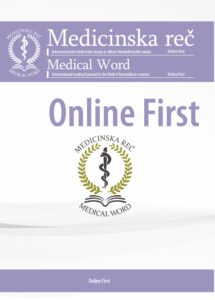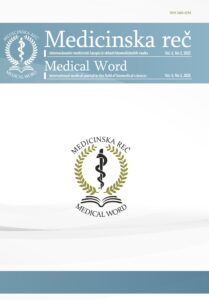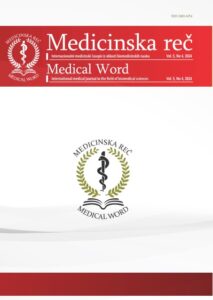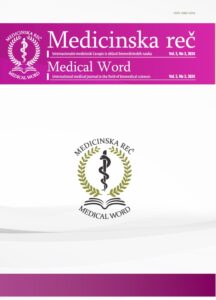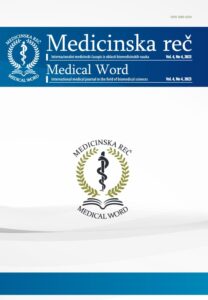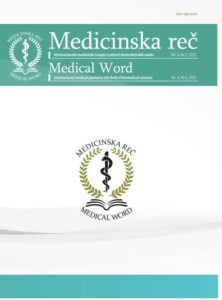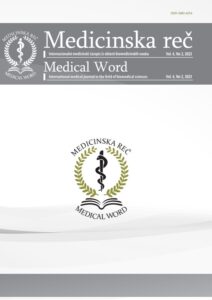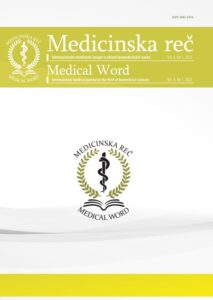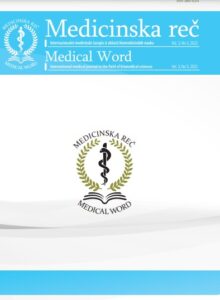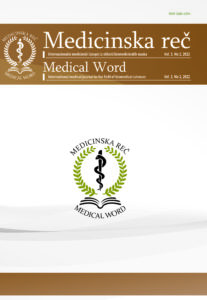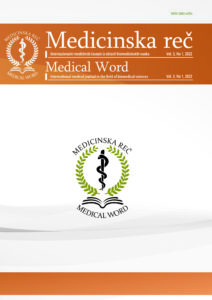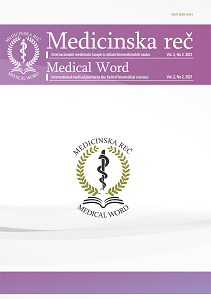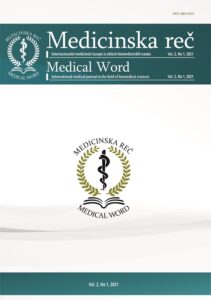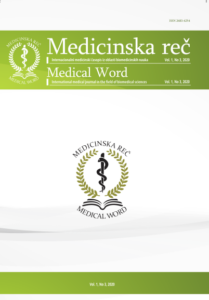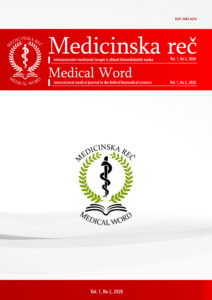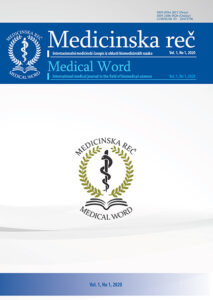Are heated tobacco products (HTPs) a public health opportunity?
Roberta Costanzo, Gizelle Baker
Philip Morris International, Switzerland
Abstract
Heated tobacco products (HTPs) are a new, rapidly emerging category of tobacco products that are designed to heat the tobacco instead of burning it, thus substantially reducing the emission of harmful chemicals.
Currently there is a debate about whether HTPs provide an opportunity for public health, to accelerate the decline in cigarette smoking prevalence and thereby smoking-related population harm. To answer this question, HTPs have to be scientifically substantiated to reduce the harm to the individual smoker, but they also have to be satisfying for adult smokers to maximize the number of adult smokers who switch, while minimizing the number of youths and non-smokers who initiate or relapse to these products, as well as minimizing the number of smokers who intend to quit who may use those products instead.
In this article we present the evidence showing that switching to the THS reduces the negative health effects that are triggered by chronic exposure to the toxic substances generated during tobacco combustion and that lead to disease, compared to continuing smoking.
Key words: heated tobacco products, HTPs, tobacco heating system, THS, public health, tobacco harm reduction
References
- WHO. Tobacco fact-sheet [Internet]. Geneva: WHO; 2020 May 27 [cited 2020 Oct 21]. Available from: https://www.who.int/news-room/fact-sheets/detail/tobacco
- WHO. WHO Report on the global tobacco epidemic [Internet]. Geneva: WHO; 2015 [cited 2020 Oct 21]. 103 p. Available from: http://www.who.int/tobacco/global_report/2015/report/en/
- Baker R. Temperature variation within a cigarette combustion coal during the smoking cycle. High Temp Sci 1975; 7: 236-47.
- Rodgman, A, Perfetti TA. The Chemical Components of Tobacco and Tobacco Smoke. 2nd Edition. Boca Raton: CRC Press; 2013.
- McNeil A. Reducing Harm from Nicotine Use. Fifty Years since Smoking and Health. Progress, Lessons and Priorities for a Smoke-free UK. Royal College of Physicians, London. London: Royal College of Physicians; 2012.
- Nordlund M, Smith M, Maeder, S McGrath T, Schaller JP, Pratte P, Picavet P, Peitsch M. Scientific substantiation of the absence of combustion and no smoke formation in the Electrically Heated Tobacco Product (EHTP), version 1.0 [Internet]. Neuchâtel, Switzerland: Philip Morris Products S.A.; 2019 January 21 p. 1-4. Available from: https://pmiscienceprd.s3.amazonaws.com/docs/default-source/news-documents/executive_summary-scientific_substantiation_of_the_absence_of_ets_emission_during_use_of_the_ehts2f81ae852f88696a9e88ff050043f5e9.pdf?sfvrsn=ff09c706_0
- Philip Morris Products S.A. Philip Morris Products S.A. Modified Risk Tobacco Product (MRTP) Applications [Internet]. Silver Spring: U.S. Food and Drug Administration; 2016. Available from: https://www.fda.gov/tobacco-products/advertising-and-promotion/philip-morris-products-sa-modified-risk-tobacco-product-mrtp-applications
- Institute of Medicine. Scientific standards for studies on modified risk tobacco products [Internet]. Washington, DC: The National Academies Press; 2012. Available from: https://www.nap.edu/catalog/13294/scientific-standards-for-studies-on-modified-risk-tobacco-products
- Lüdicke, F, Picavet P, Baker G, Haziza C, Poux V, Lama N, Weitkunat R. Effects of switching to the Tobacco Heating System 2.2 menthol, smoking abstinence, or continued cigarette smoking on biomarkers of exposure: a randomized, controlled, open-label, multicenter study in sequential confinement and ambulatory settings (Part 1). Nicotine Tob Res 2018; 20(2):161-72. doi:10.1093/ntr/ntw287
- Haziza C. Reduction in Exposure to Selected Harmful and Potentially Harmful Constituents Approaching Those Observed Upon Smoking Abstinence in Smokers Switching to the Menthol Tobacco Heating System 2.2 for 3 Months (Part 1). Nicotine Tob Res 2020; 22(4): 539-48.
- Phillips, B. An 8-month systems toxicology inhalation/cessation study in Apoe−/− mice to investigate cardiovascular and respiratory exposure effects of a candidate modified risk tobacco product, THS 2.2, compared with with conventional cigarettes. Toxicol Sci 2015; 149(2): 411-432. doi: 10.1093/toxsci/kfv243
- Poussin C, Laurent A, Peitsch MC , Hoeng J, De Leon H. Systems toxicology-based assessment of the candidate modified risk tobacco product THS2.2 for the adhesion of monocytic cells to human coronary arterial endothelial cells. Toxicology 2016; 339: 73-86. doi: 10.1016/j.tox.2015.11.007
- Szostak J, Boué S, Talikka M, Guedj E, Martin F, Phillips B, Ivanov NV, Peitsch MC, Hoeng J. Aerosol from Tobacco Heating System 2.2 has reduced impact on mouse heart gene expression compared with cigarette smoke. Food Chem Toxicol 2017; 101: 157-67. doi:10.1016/j.fct.2017.01.013
- Iskandar E. Comparative effects of a candidate modified-risk tobacco product Aerosol and cigarette smoke on human organotypic small airway cultures: a systems toxicology approach. Toxicol Res 2017; 6: 930.
- Titz B, Sewer A, Luettich K, Wong ET, Guedj E, Nury C, Schneider T, Xiang Y, Trivedi K, Vuillaume G, Leroy P, Büttner A, Martin F, Ivanov NV, Vanscheeuwijck P, Hoeng J, Peitsch NC. Respiratory effects of exposure to aerosol from the candidate modified-risk tobacco product THS 2.2 in an 18-month systems toxicology study with A/J mice. Toxicol Sci 2020; kfaa132. doi:10.1093/toxsci/kfaa132
- Wong ET, Luettich K, Krishnan S, Wong SK, Lim WT, Yeo D, Büttner A, Leroy P, Vuillaume G, Boué S, Hoeng J, Vanscheeuwijck P, Peitsch MC. Reduced chronic toxicity and carcinogenicity in A/J mice in response to life-time exposure to aerosol from a heated tobacco product compared with cigarette smoke. Toxicol Sci. 2020; 178(1): 44-70. doi: 10.1093/toxsci/kfaa131.
- Lüdicke F, Ansari MS, Lama N, Blanc N, Bosilkovska M, Donelli A, Picavet P, Baker G, Haziza C, Peitsch M, Weitkunat R. Effects of switching to a heat-not-burn tobacco product on biologically-relevant biomarkers to assess a candidate modified risk tobacco product: a randomized trial. Cancer Epidemiol Biomarkers Prev 2019; 28(11): 1934-43. doi:10.1158/1055-9965.EPI-18-0915
- Fagerström K, Eissenberg T. Dependence on tobacco and nicotine products: a case for product-specific assessment. Nicotine Tob Res 2012; 14(11): 1382-90.
- “Field survey on drinking and smoking and the development of effective alcohol reduction intervention approaches for the prevention of lifestyle-related diseases, Annual Report of MHLW Research Committee [Internet]. 2018. Available from: https://mhlw-grants.niph.go.jp/niph/search/NIDD00.do?resrchNum=201709021A
- Smoking among teenagers and young adults in Germany: Findings from the Alcohol Survey 2018 and trends. [Internet]. Köln: Federal Center for Health Education; 2018. Available from: https://www.bzga.de/fileadmin/user_upload/PDF/studien/Alkoholsurvey_2018_Bericht-Rauchen.pdf
- Delgrande Jordan M, Schneider E, Eichenberge Y, Eichenberge A. La consommation de substances psychoactives des 11 à 15 ans en Suisse – Situation en 2018 et évolutions depuis 1986. Résultats de l’étude Health Behaviour in Schoolaged Children (HBSC) [Internet]. Lausanne: Addiction Suisse; 2019 p. 1-188. Available from: https://www.hbsc.ch/pdf/hbsc_bibliographie_342.pdf
- US FDA. FDA Authorizes Marketing of IQOS Tobacco Heating System with ‘Reduced Exposure’ Information [Internet]. Silver Spring: U.S. Food and Drug Administration; 2020, July 7. Available from: https://www.fda.gov/news-events/press-announcements/fda-authorizes-marketing-iqos-tobacco-heating-system-reduced-exposure-information
- US Food and Drug Administration. Scientific Review of Modified Risk Tobacco Product Application (MRTPA) Under Section 911(d) of the FD&C Act – Technical Project Lead [Internet]. Silver Spring: U.S. Food and Drug Administration; 2020 p. 1-80. Available from: https://www.fda.gov/media/139796/download


